|
Fittingly, the end of the world feels just like the end of the world. Harsh wind sweeps across the grey sea and whitecaps race toward a grassy coastline. Further inland, snow-topped mountains, the symbol of Chilean Patagonia, stretch high into the all-encompassing cloudy sky. Rusted and battered barns are scattered across the vast countryside, where woolly sheep graze on green and gold grass. It takes nearly 4 hours for our flight from Santiago to reach Punta Arenas, Chile’s southernmost city. From the airport, a small, white, round bus takes us into the city center. Although Punta Arenas is home to about 125,000 residents, the low lying buildings and cold deserted streets make it feel more like a small town than a city. Still, the charm is inescapable. Like a movie set of a modern day zombie apocalypse film, the whole town feels a bit deserted and wonderfully trapped in time. Cloudy days are cold and windy, sunny days are slightly less cold but just as windy, and nights are both extremely cold and extremely windy. It’s no wonder everyone stays inside. We have one goal for our time in Punta Arenas. Penguins. And not just a few penguins. 120,000 wild Magellanic penguins. From the city port we’re taking the Melinda ferry 22 miles north across the Strait of Magellan to Isla Magdalena, where each (Patagonian) summer 60,000 penguin couples migrate to mate, lay eggs, and raise their young. The sea is choppy, but not too choppy (it gets bad here and it’s not uncommon for ferries to be canceled due to bad weather), and nowhere near our previous ferry experiences (thank god). Like most of Chile, the ferry isn’t cheap, but when it’s the only way to get to an island of wild penguins, you do what you have to do. The entire trip takes five hours: 2 hours to the island, 1 hour spent walking along the paths to the lighthouse and back, and another 2 hours home. We dock on a rocky beach to the sight of Magellanic penguins everywhere. Many lie within their small burrows, escaping the rough wind. Others scamper up the beach, cleaning their feathers after an afternoon of fishing. A few carry tufts of grass and dirt quickly to their holes, building nests for their eggs. They’re all incredible. And hilarious, really. While they are spectacular swimmers and migrate hundreds of kilometers each year, viewing the earthly penguin waddle in person is definitely one of the funniest things of all time. With giant smiles across our faces, we contemplate these lovely, complicated creatures. Monogamy isn’t a common thing in the animal kingdom (humans included), but these birds find a mate and stick together for life, through “thick and thin” and all of that. They actually act as an example of a perfectly functional and equal relationship, divvying up family duties like fishing, building nests, and caring for their young. Who knew inspiration would come from a couple of 2.5-foot birds. As with so many tourist destinations, the visiting crowds seem to deflate the experience a little. With another 200 travelers on-board the ferry, all scrambling to get off the boat and be the first to see the penguins, the experience isn’t exactly unique. In their excitement, people eagerly push their way to the front of the boat, straightening out their compactable selfie sticks on the way. We’ve experienced this in many places and try our best to avoid the small crowds huddling around those penguins who dare venture close to the path. We snap a few shots and take videos of the waddle (for whenever one might need a laugh, of course), but try to take in the experience without morphing into penguin paparazzi. The island itself is incredibly scenic, with rolling hills, a red-striped lighthouse, narrow pathways, and high clouds from the intense wind. It has a middle-of-nowhere feeling, exposed completely to the elements, and only accessed a few times each week. Just being here is cool. The ferry ride home is long, and we both fall asleep amidst a post-penguin excitement hangover. A late dinner, a good night's sleep at (the sustainable) Hotel Rey Don Felipe, and we’re already walking to the bus terminal for the next stop on our Patagonia tour. We’re heading to the town of Puerto Natales to hike through Torres Del Paine, a national park with what might just be the world’s most spectacular scenery.
0 Comments
Your comment will be posted after it is approved.
Leave a Reply. |
Cohica TravelA travel design agency. Categories
All
Archives
October 2023
Follow us on Instagram @CohicaTravel
|

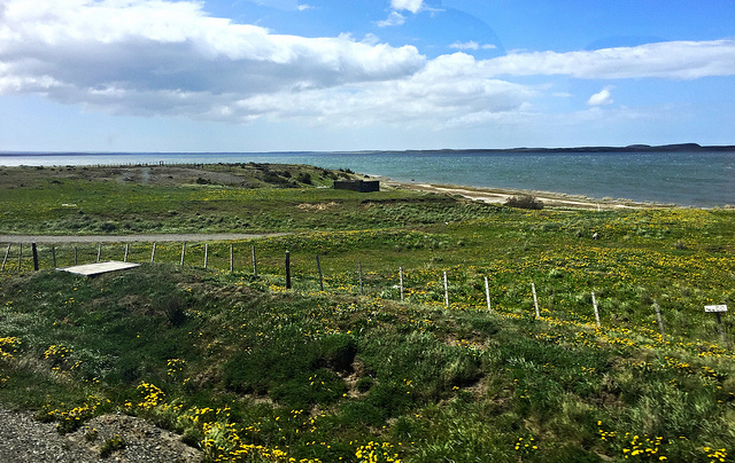
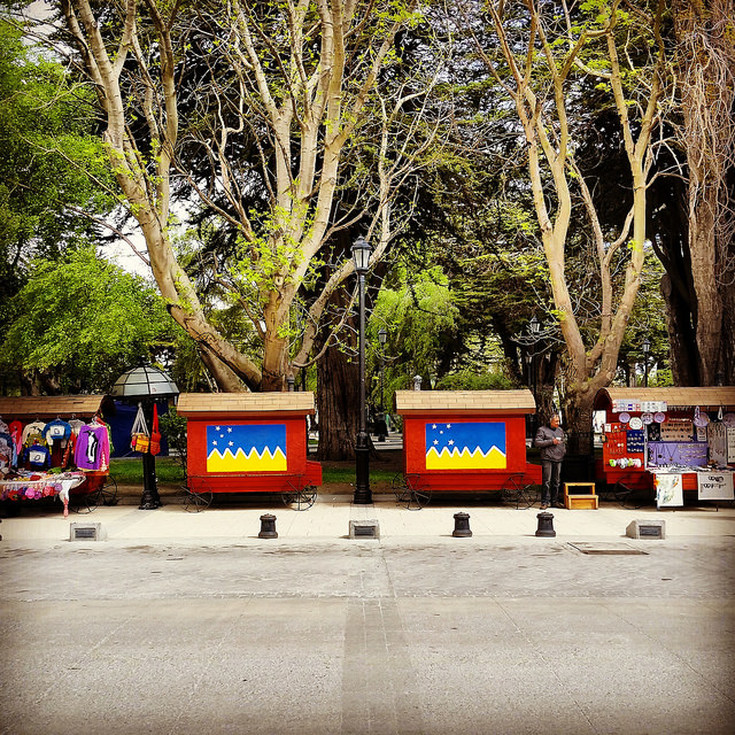
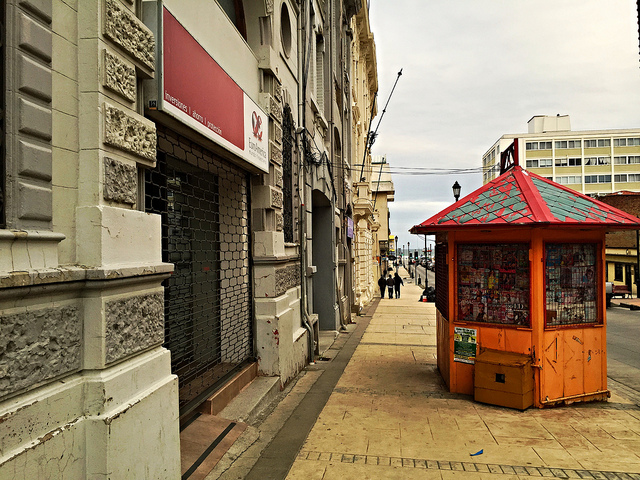
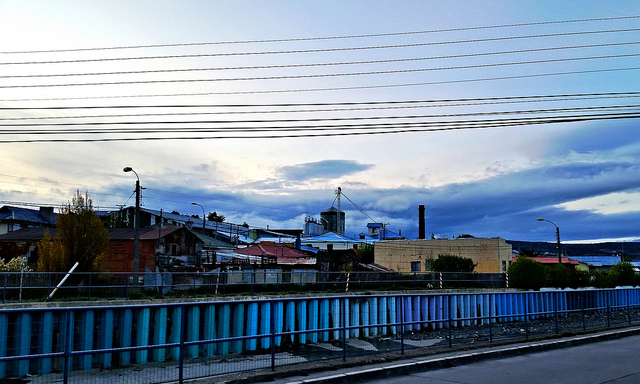
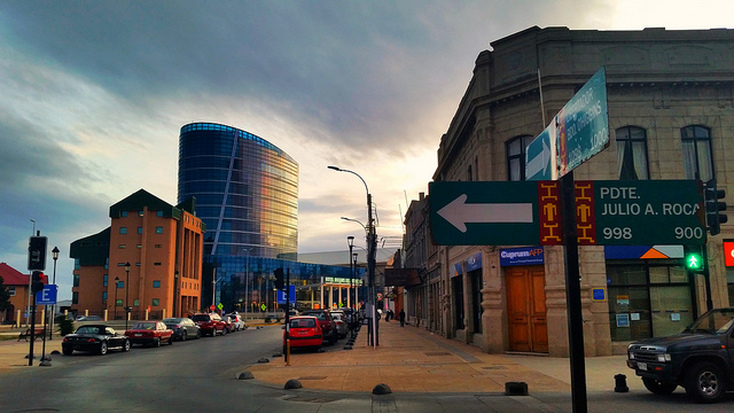
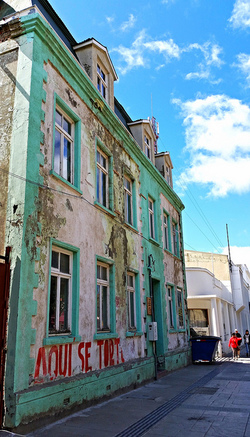
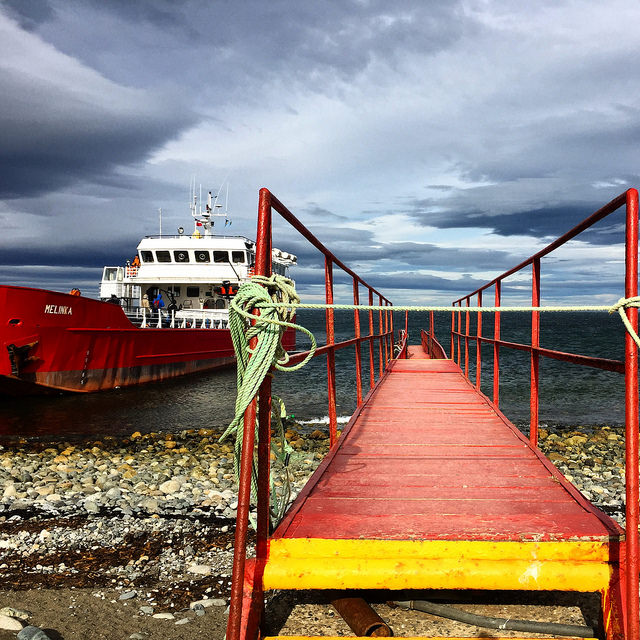
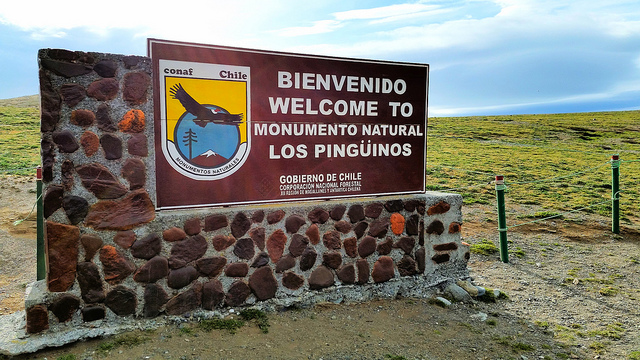
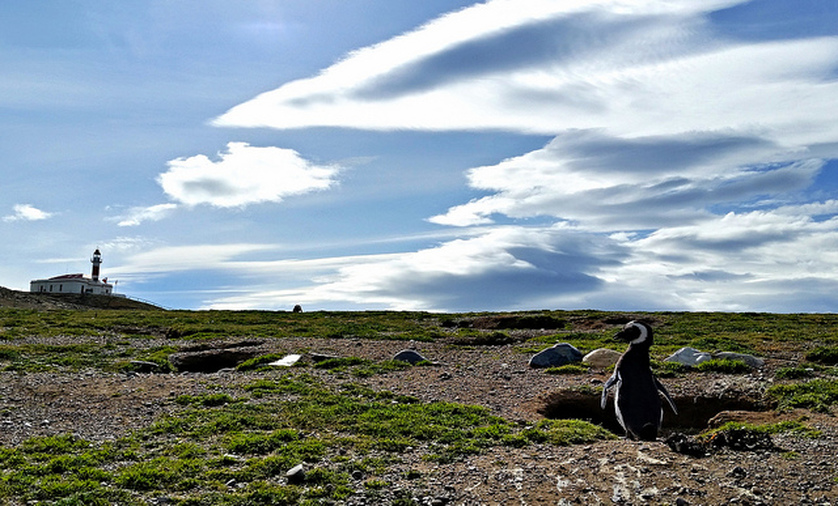
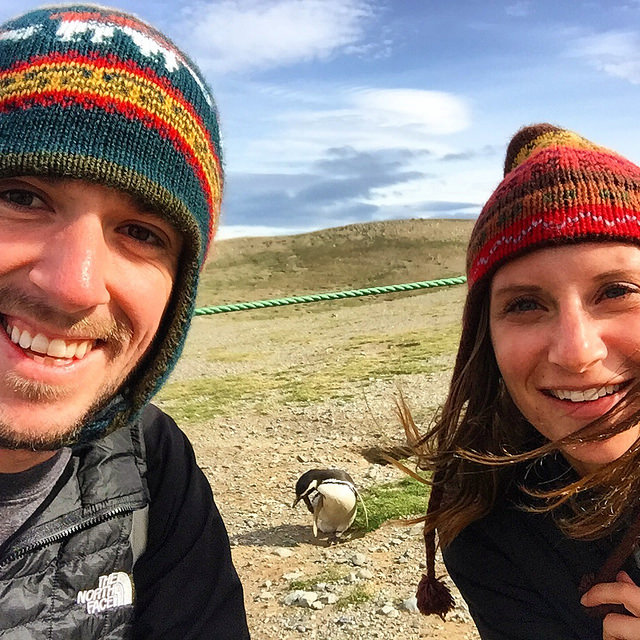
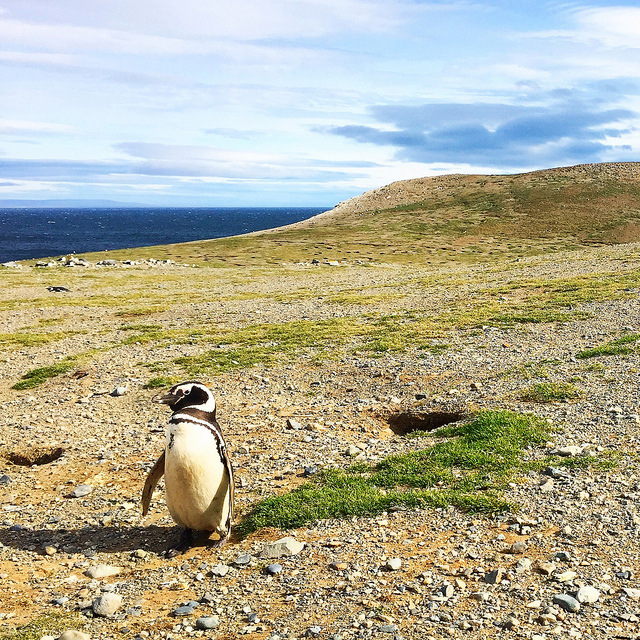
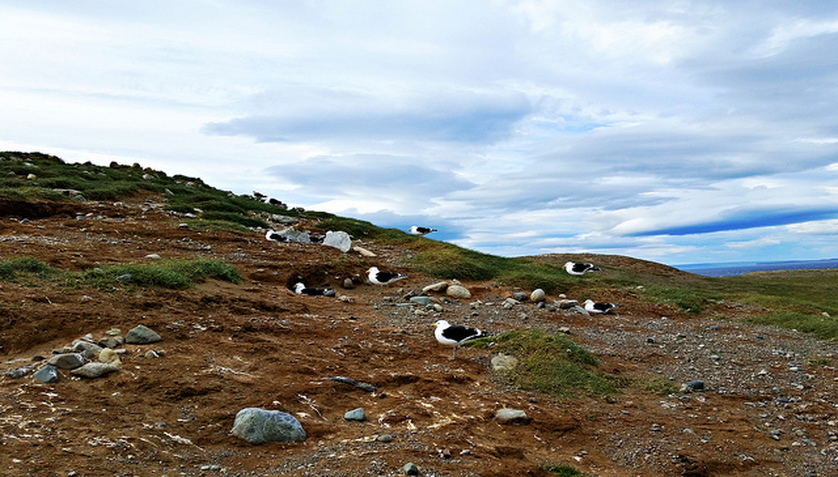
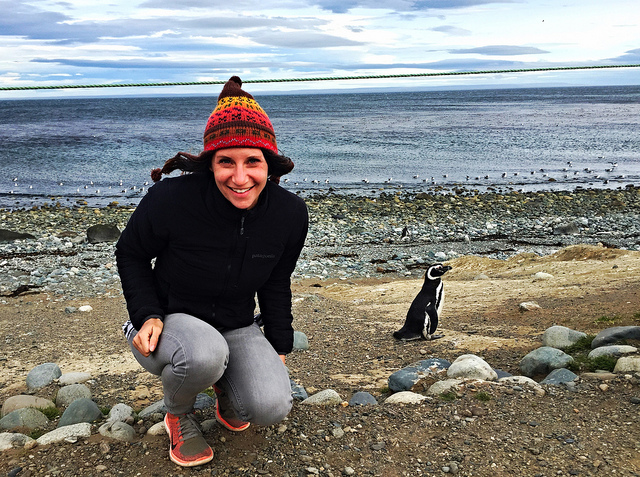
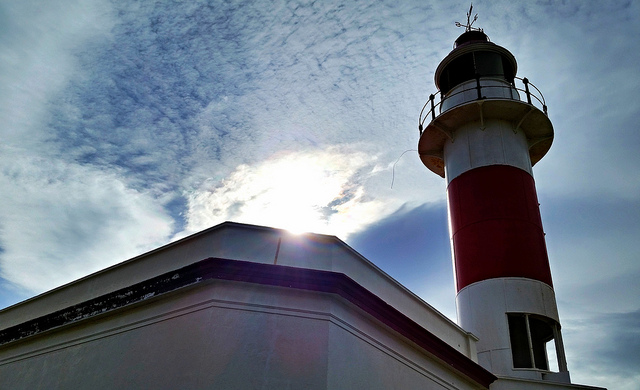
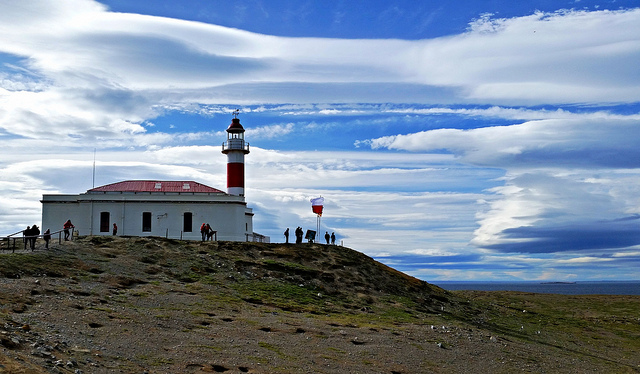
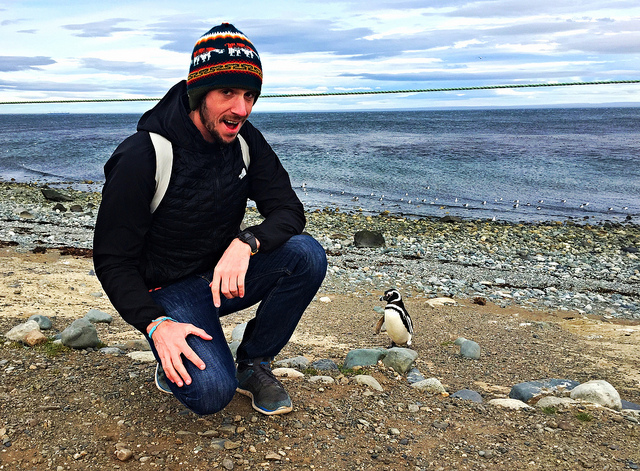
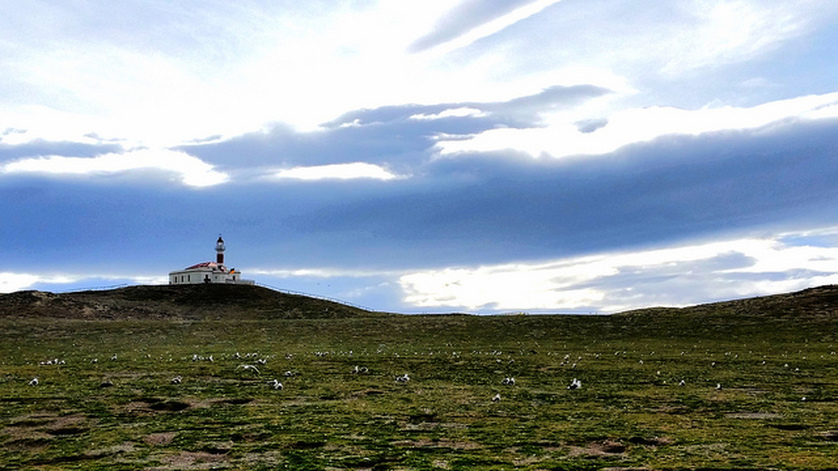
 RSS Feed
RSS Feed
